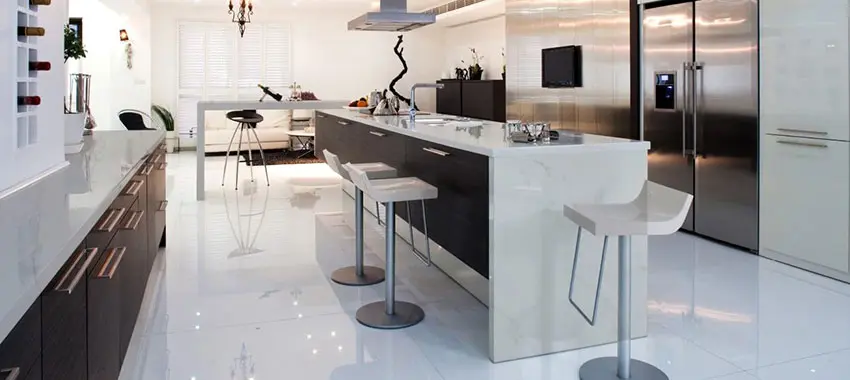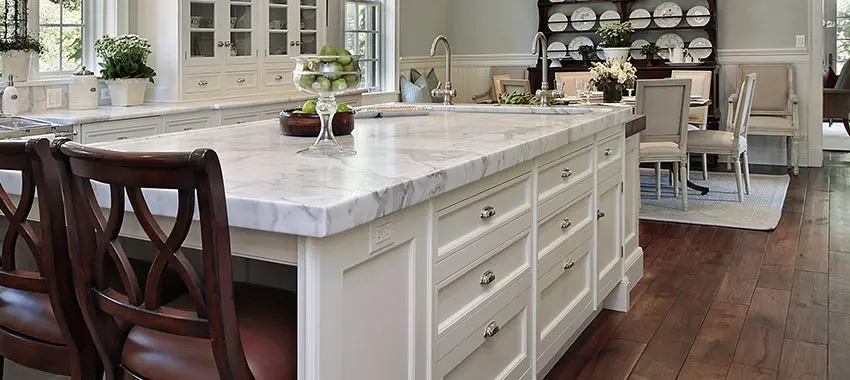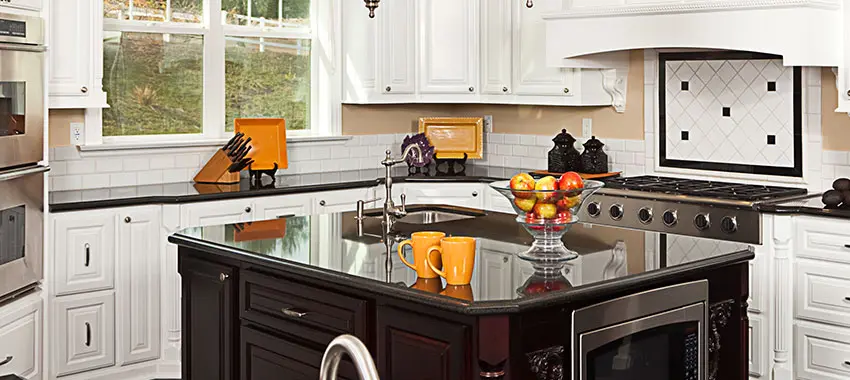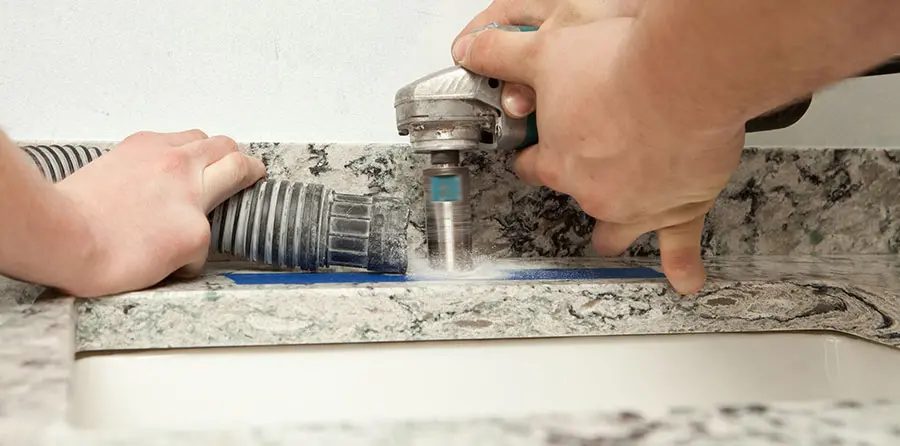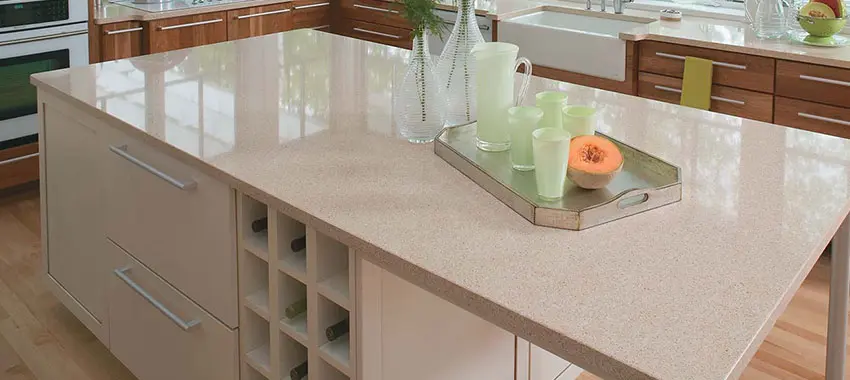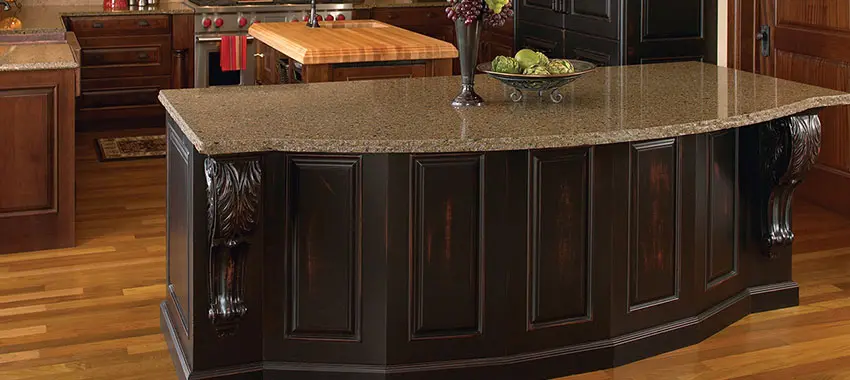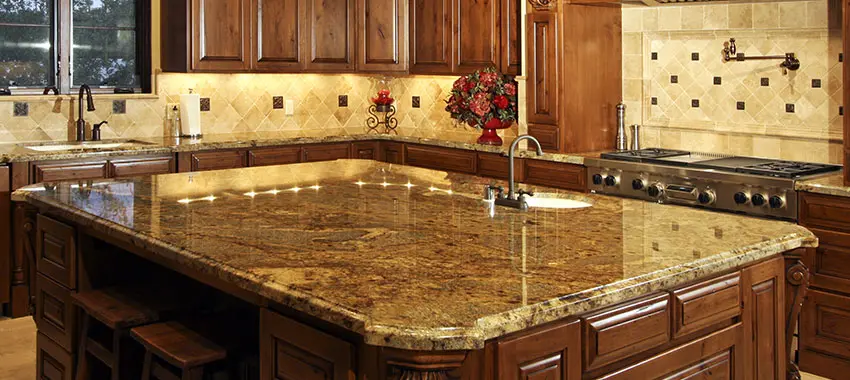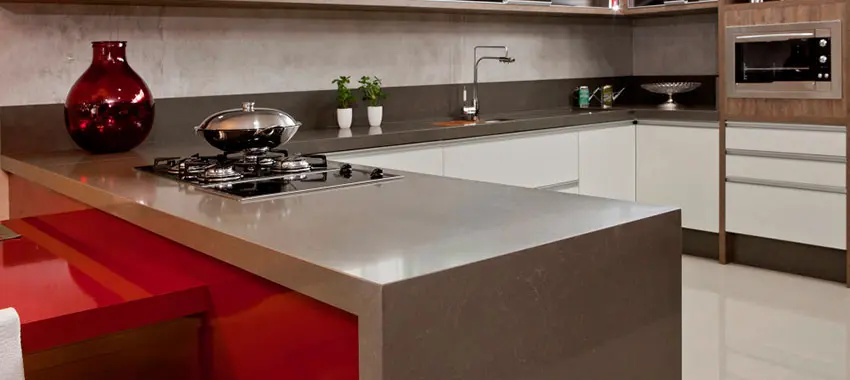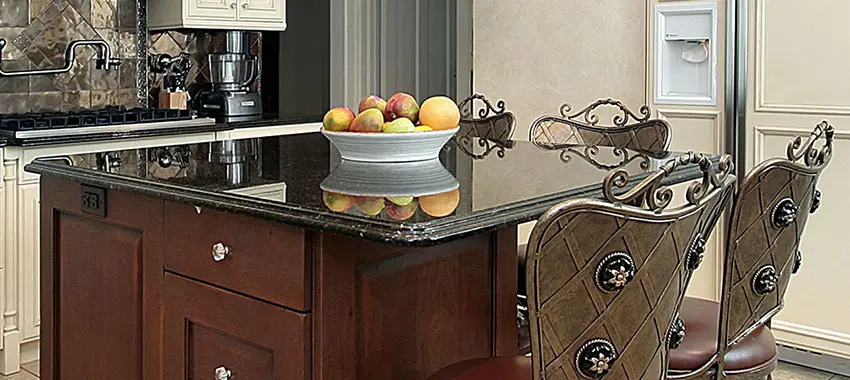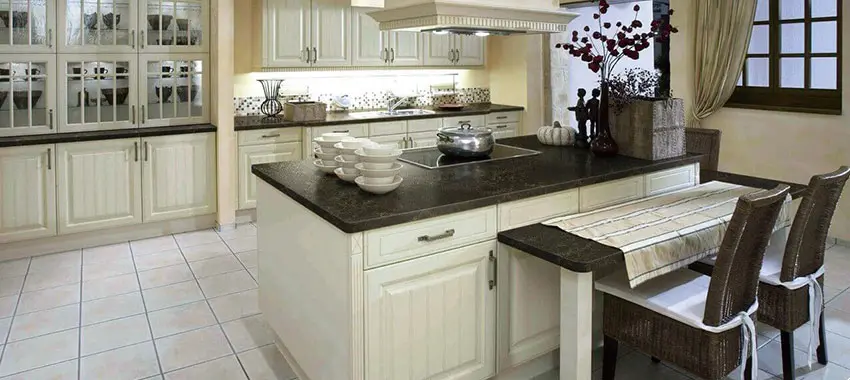Mar
Can Quartz Countertops Be Buffed?
Quartz is known for its tough nature, so when you install it, you have peace of mind that it will last for a long time and effectively handle oil spills, heat, dyes from foods, and beauty products.
To retain the look of the countertop, you need to keep it looking clean and polished. Can quartz countertops be buffed? Yes, they can. In fact, here are some of the ways to polish them.
Scrub the surfaces with soap and warm water
Have you noticed your countertops are losing their shine? You can restore it by scrubbing the surfaces with tough brushes.
Quartz surfaces are fortified and tough, so they will effectively stand up to the scrubbing brushes, so you don’t worry about scratching them during the scrubbing.
The best way to go about it is to use warm, soapy water. Put the water in a spray bottle and use it to soak the quartz. Once the surfaces are wet, scrub them with a sponge, washcloth, or scrub brush of your liking.
Once you are done, use a cloth or squeegee to dry the surface while ensuring you leave no streaks behind. Remember, the wet spots and streaks will tamper with the quartz’s continuity, making the countertops appear messy under some lighting conditions.
Windex and other window cleaners
Windex and similar window cleaners are highly effective at polishing quartz. The same way they shine and increase the clarity of windows, they can bring out the shine in quartz.
When using the cleaners, remember that less is more, so fill a spray bottle with water, then add a small amount of window cleaner, and then apply the cleaner to the counter’s entire surface.
After spraying the countertops, gently dry and polish them with a soft, clean cloth, and within minutes, your countertops will look as good as new.
Quartz polishing products
If you don’t like using water or window cleaner, you can always use specialized quartz polishing products. These cleaning products make sense when you have noticed your countertops getting stained or even getting damaged by the cleaners.
Like the other cleaners, follow the instructions on how to apply and polish the countertops properly. Ensure you give the countertops and surfaces a good cleaning before applying the polishing products.
Tips to avoid staining the countertops
Instead of having to polish the countertops, isn’t it easier to simply prevent the stains from coming about? Here are some of the ways to prevent these stains:
Avoid food spills
Remains from food will cause stains as the food reacts with quartz countertops. Some of the notorious foods known to cause staining include: coffee, tea, red wine, fruit juices, tomato sauce, and fresh berries.
To prevent stains from these foods, avoid placing them directly on your countertops. Always have a trivet or any other protective material in place. You shouldn’t place even fresh fruits such as fresh berries on the countertops as they will most likely stain the surfaces.
If you must have the fruits on the countertops either for the look or to eat them as you are cooking, ensure they are in a bowl.
In the event juice spills or any other types of spills happen, move with haste and remove them before they react with the quartz and cause an off-putting stain.
Use the right cleaning products.
Did you know the products you are using to clean the countertops can affect your countertops’ look? If you are using paint thinners, oil soaps, detergents, and other products, they might be reacting with your surfaces, leaving dark or dull spots.
To bring the staining to a stop, use the right cleaning products. For example, use cleaning products specifically designed for quartz.
Bleach
When your countertops are damaged by bleach, they tend to have lighter or white spots. Bleach etches the surface, leaving its mark like marble etching. To prevent your countertops from being damaged by bleach, don’t use it directly on your countertops.
Heat or burns
Although quartz kitchen countertops Potomac are heat resistant, they are prone to heat damage. Your countertops are bound to be affected by heat when you place a hot item on them. So to prevent staining, avoid placing the hot pot directly on the countertop surface.


